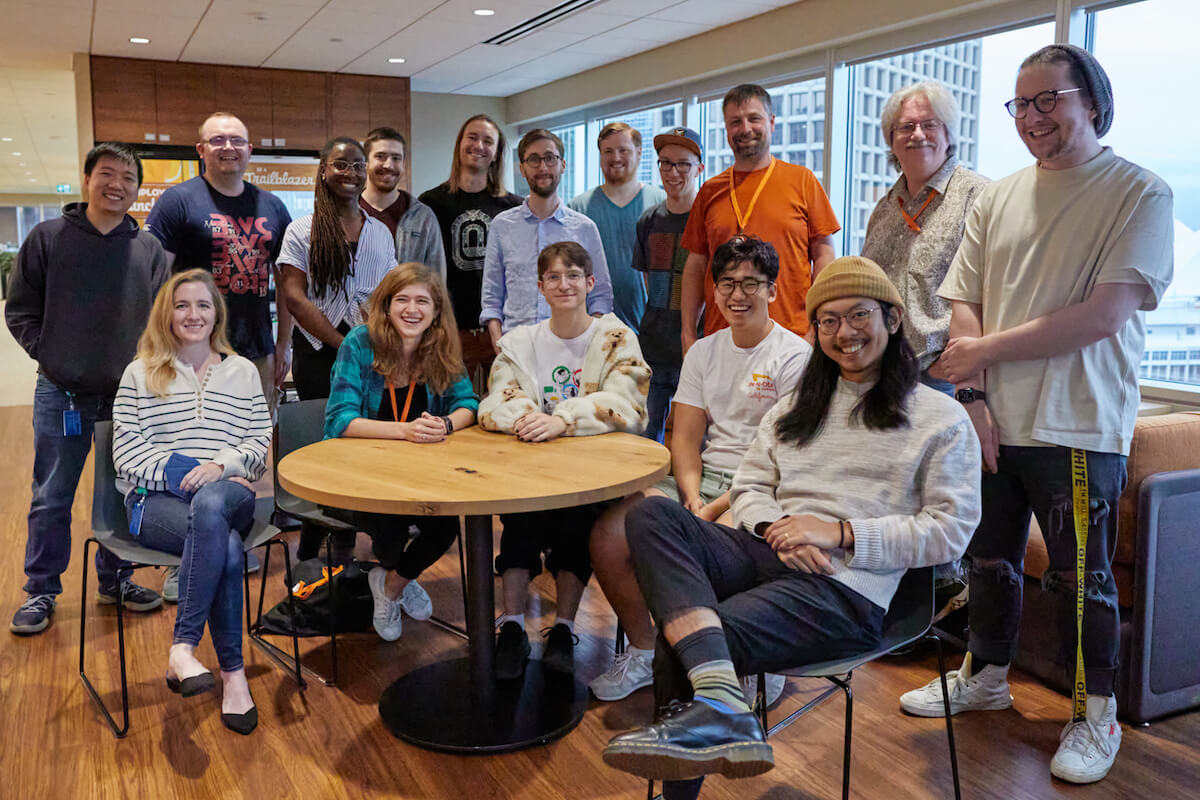Electron 22.0.0
Electron 22.0.0 вышел! It includes a new utility process API, updates for Windows 7/8/8.1 support, and upgrades to Chromium 108, V8 10.8, and Node.js 16.17.1. Read below for more details!
Команда Electron рада объявить о выпуске Electron 22.0.0! You can install it with npm via npm install electron@latest or download it from our releases website. Continue reading for details about this release.
If you have any feedback, please share it with us on Twitter, or join our community Discord! Bugs and feature requests can be reported in Electron's issue tracker.
Windows 7/8/8.1 Support Update
2023/02/16: An update on Windows Server 2012 support
Last month, Google announced that Chrome 109 would continue to receive critical security fixes for Windows Server 2012 and Windows Server 2012 R2 until October 10, 2023. In accordance, Electron 22's (Chromium 108) planned end of life date will be extended from May 30, 2023 to October 10, 2023. The Electron team will continue to backport any security fixes that are part of this program to Electron 22 until October 10, 2023.
Note that we will not make additional security fixes for Windows 7/8/8.1. Also, Electron 23 (Chromium 110) will only function on Windows 10 and above as previously announced.
Electron 22 will be the last Electron major version to support Windows 7/8/8.1. Electron follows the planned Chromium deprecation policy, which will deprecate Windows 7/8/8.1 support in Chromium 109 (read more here).
Windows 7/8/8.1 не будет поддерживаться в Electron 23 и более поздних основных версиях.
Notable Changes
UtilityProcess API #36089
The new UtilityProcess main process module allows the creation of a lightweight Chromium child process with only Node.js integration while also allowing communication with a sandboxed renderer using MessageChannel. The API was designed based on Node.js child_process.fork to allow for easier transition, with one primary difference being that the entry point modulePath must be from within the packaged application to allow only for trusted scripts to be loaded. Additionally the module prevents establishing communication channels with renderers by default, upholding the contract in which the main process is the only trusted process in the application.
You can read more about the new UtilityProcess API in our docs here.
Additional Highlighted Changes
- Added support for Web Bluetooth pin pairing on Linux and Windows. #35416
- Added
LoadBrowserProcessSpecificV8Snapshotas a new fuse that will let the main/browser process load its v8 snapshot from a file atbrowser_v8_context_snapshot.bin. Any other process will use the same path as is used today. #35266 - Added
WebContents.openerto access window opener andwebContents.fromFrame(frame)to get the WebContents corresponding to a WebFrameMain instance. #35140 - Added support for
navigator.mediaDevices.getDisplayMediavia a new session handler,ses.setDisplayMediaRequestHandler. #30702







